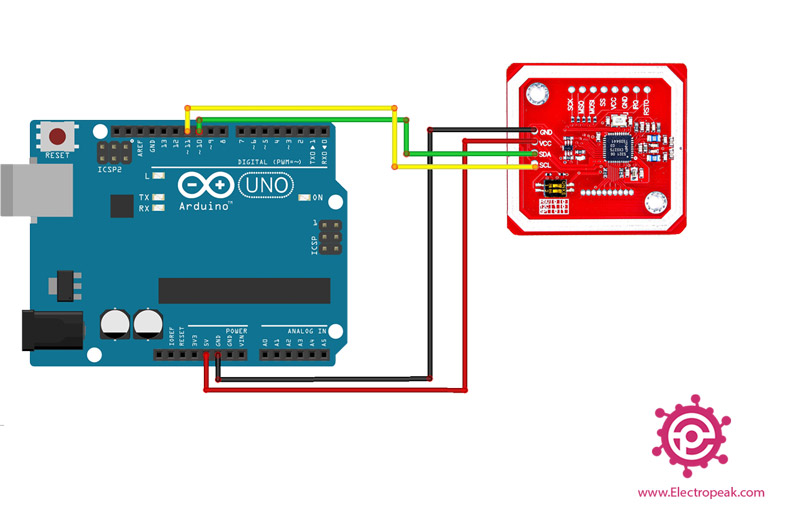

components/driver/i2c/include/driver/i2c.h. Wire.endTransmission(true) //true=send stopĪrduino addresses are 7 bit (excluding RW bit), so I2C byte address 0x40 needs to be changed to 0x20 for arduino functions. Reading and writing to registers which are in turn read/written by the master. 0=success, 1=tx buff overrun, 2=NACK on address tx, 3=NACK on data tx, 4=other error If (Wire.endTransmission(false) = 0) //false=send restart (IMPORTANT-THIS ENDTRANSMISSION DOES NOT SEND STOP!). PCF8574ESP - A very simplistic library for using the PCF857//PCF8574A I2C 8-pin GPIO-expander. Adafruit-PCD8544-Nokia-5110-LCD-Library - Port of the Adafruit PCD8544 - library for the ESP8266. No need to send stop as done automatically OneWire - Library for Dallas/Maxim 1-Wire Chips. Uint8_t BytesReceived = Wire.available() //The slave can send less than was requested Wire.requestFrom(0x5a, 2) //Address, no of bytes We’ll read data from four sensors, but you can hook up to 8 sensors. We include the wire library for I2C in our master code, we define a string variable called readString this variable will be used to store on or off commands given in the serial monitor. You would uses 0xC0 to write to the CMPS03 and 0xC1 to read from it. Result: 0=success, 1=tx buff overrun, 2=NACK on address tx, 3=NACK on data tx, 4=other error In this section, you’ll learn how to read data from multiple BME280 sensors using the TCA9548A I2C multiplexer. To take our CMPS03 for example, this is at address 0xC0 (C0). Uint8_t Result = Wire.endTransmission(true) //true=send stop Seems to be 7 bit value with bit0=lower bit (not I2C RW bit), so left shifted by 1 when sent over the wire.


 0 kommentar(er)
0 kommentar(er)
